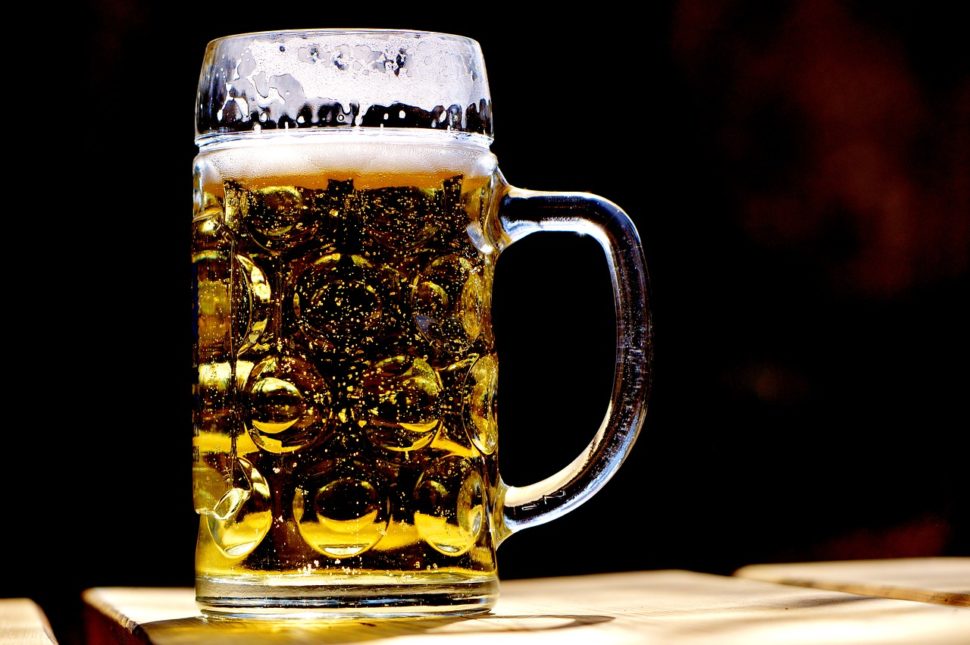Excessive alcohol consumption is a global challenge. Over 15.1 million adults in the United States suffer from alcohol use disorder. According to WHO, alcohol consumption is globally responsible for over 3 million deaths per year.
Aside from being a significant contributor to deaths and disabilities, alcohol is the third leading factor for risk to health. Whether it’s cirrhosis of the liver, road accidents, or spousal abuse, excessive alcohol consumption affects the individual, families, and the community.
While various lifestyle options exist to manage the cravings, the process is usually slow and requires a lot of commitment. But, that’s all about to change.
With the recent study of scientists at Scripps Research, we may soon be able to end alcohol cravings with the flip of a switch.
How Brain Cells Affect Alcohol Cravings
Previous studies at Scripps Research already described the neurological changes associated with transitioning from a casual drinker to a dependent one.
The transition comes alongside fundamental changes in how the brain sends signals. Since these signals influence intense cravings, it becomes difficult to scale back alcohol consumption.
So, Olivier George, Ph.D., an associate professor at Scripps Research and his colleagues set out to hunt the brain cells responsible for excessive drinking.
After years of working with alcohol-addicted rat subjects, the team announced in 2016 that they had found a possible source. It was a neuronal “ensemble,” or group of connected cells in a brain region called the central nucleus of the amygdala (CeA).
But, it was not enough to know the area of the brain responsible for alcohol cravings, the researchers had to take it further.
How the Researchers Reversed Alcohol-Seeking Behavior
Since 80 percent of the ensemble contains a subset of neurons called the corticotropin-releasing factor (CRF), the researchers guessed that it was responsible for alcohol cravings.
Using optogenetics – a method that involves the use of light to control cells in living tissue – the researchers explored the CRF.
First, they surgically implanted optic fibers in the rats that were used for the study to shine a light on the CRF neuron. The scientists hoped to inactivate them at the flip of the switch.
Then came the alcohol consumption. They established a baseline for how much the rats could drink before getting addicted, and increased the quantity over several months.
Upon establishing dependence, the researchers withdrew the alcohol. As expected, the rats started experiencing withdrawal symptoms. And when presented with liquor, the CeA neuronal ensemble fired up, telling them to drink again.
So, the rats drank more than ever, until the scientist flipped on the lasers to deactivate the CRF neurons.
In a dramatic turn, the rats immediately returned to the pre-dependent drinking level. Not only had the motivation to drink gone away, but physical symptoms of withdrawal were also significantly reduced.
Since the experiment was based on a laser switch, what happens when the researcher flip the switch off?
Simple, the effect becomes reversed, and the rats returned to their alcohol-dependent behavior.
Still, Ahead of its Time
In the Journal Nature Communications publication, George said:
“This discovery is exciting–it means we have another piece of the puzzle to explain the neural mechanism driving alcohol consumption.”
With that said, the researcher explained that the laser treatment is not ready for human use. However, identifying the neuron can serve as a groundwork for developing gene therapies or drug therapies to tackle alcohol addiction.




I hope in time we can find a switch that can turn off other forms of drug abuse
I hope in time we ca findex a switch for other forms of drug abuse
An agitated psychotic rat showed how can alcohol withdrawal cause death, so terrible 🙁
Love this article!